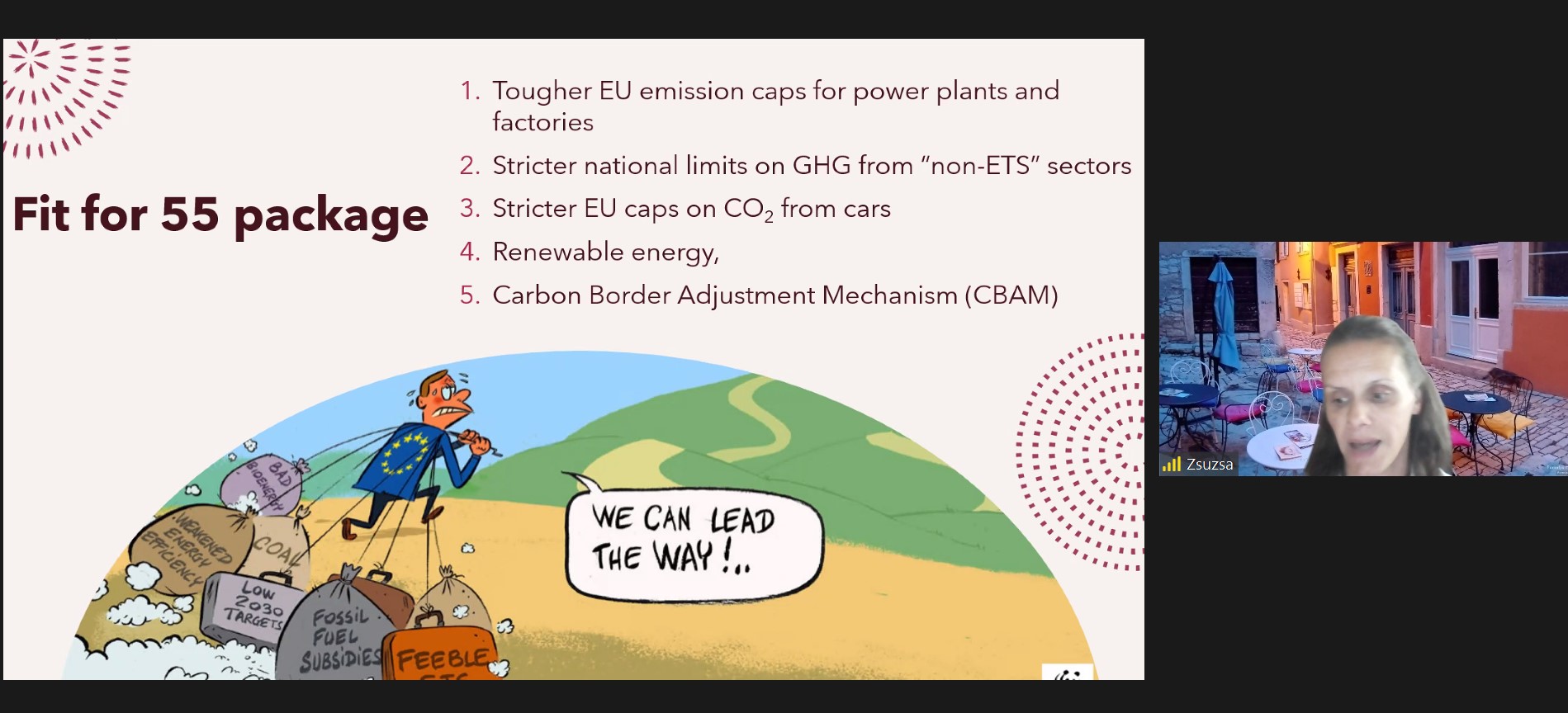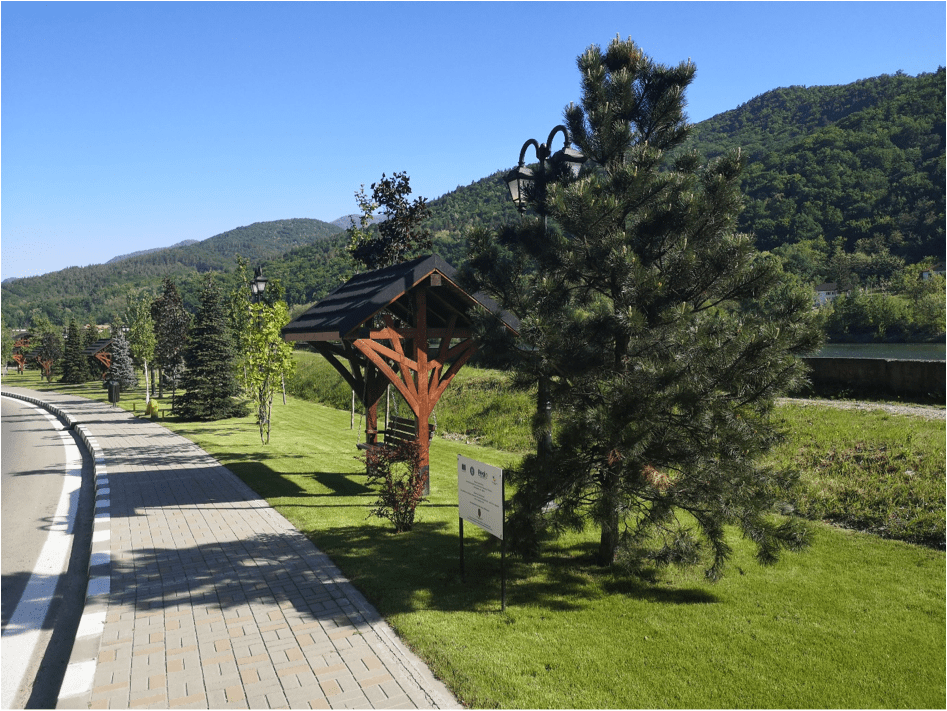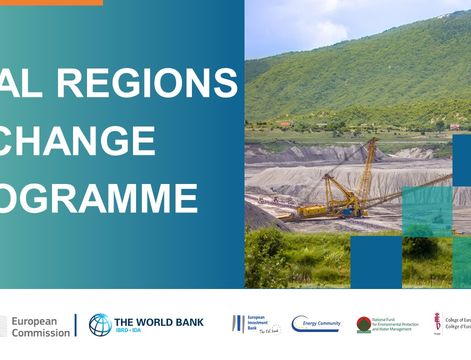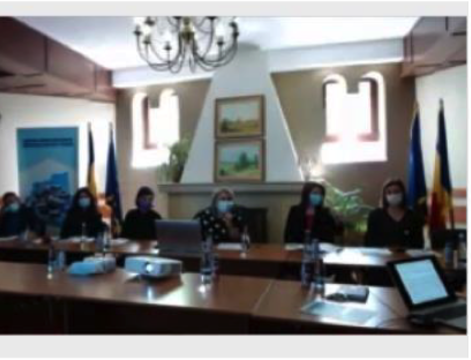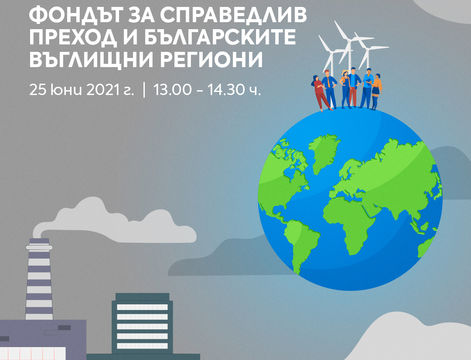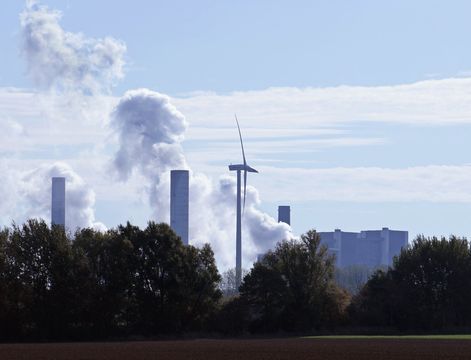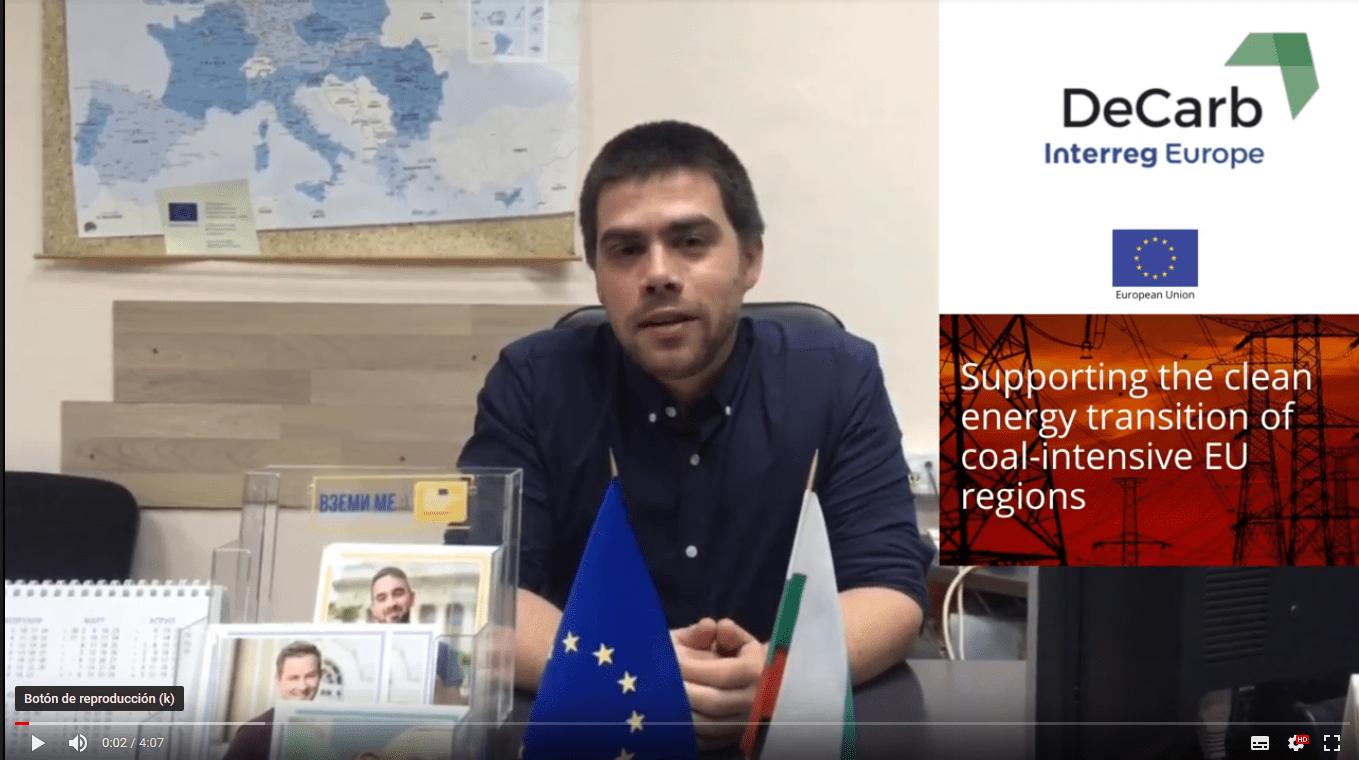Two Slovenian municipalities in the Savinjsko-Šaleška region, The City municipality of Velenje and the Municipality of Šoštanj, together with relevant stakeholders from the private sector have ambitious plans to begin the energy transformation with gradual investment into viable low-carbon energy technology, focusing on sustainable (zero-emission) public transport as the cornerstone of its business implementation model.
This project will develop and deploy a replicable, balanced and integrated hydrogen economy by facilitating investment into market-ready hydrogen technologies. The goal is to make use of available renewable hydrogen sources and apply it in applications for reducing green-house gas emissions and other negative environmental impact, starting with zero-emission public transport. Primarily, the investment project shall include the construction of a hydrogen fuelling station, modernization and expansion of the existing public transport service by utilizing fuel cell electric vehicles (FCEV) and the upgrade of local hydrogen production facilitates.
By creating stable demand from reliable consumers operating on the regional level (operators of local and interurban public transport services), hydrogen will also be made available for consumers with personal fuel cell electric vehicles. The long-term ambition of the project is to support further investment into hydrogen technologies, with hydrogen as the key alternative energy vector being at the cornerstone of the energy transition of the Šaleška Valley, that aims to substitute the gradual shut-down of the lignite-based Šoštanj thermal power plant (providing around one third of the present day national electrical energy supply) with an ever-increasing share of renewable energy sources in the national grids energy mix. The long-term outlook of the project is to transform a region deeply characterized by decades of energy production by fossil fuels to a » Hydrogen valley«, utilizing vast potentials of locally available renewable energy in a system focused on grid stability and pollution reduction. A concept, that is relevant and directly applicable to numerous regions across Europe and beyond.
The FCEV buses will be deployed in local and inter-urban public transport, substituting standard diesel buses in operation. Hydrogen of high purity is at present being produced by the Šoštanj Thermal power plant (TEŠ). TEŠ is part of the Holding Slovenske Elektrarne d.o.o. organization, which is the largest producer of renewable energy (mainly solar PV and hydro energy) in the Republic of Slovenia. HSE faces increasing difficulty to manage excesses of renewable energy produced by the group, hence the production of green hydrogen onsite the TEŠ power plant is seen by the company as an applicable business model over the medium to long-term horizon. Hydrogen is viewed as the key vector of the energy transition also from the perspective of the company, especially in terms of present day issues with operating coal fired production at TEŠ and the non-rentable lignite mine in Velenje, for which the national community is debating a gradual shutdown already in the future 10 year span.
The strategic focus of the project is to provide hydrogen refuelling capability to the Graz-Ljubljana-Zagreb corridor and expand the European network of refuelling stations, by placing the station nearby the third national development axis (Fastlane on route F2-2 connecting the lower part of the Savinjska valley with Velenje and beyond to Koroška region, for which a national spatial plan has already been confirmed). The capability to refuel personal FCEVs will make the region and Slovenia in general, more attractive to owners of such vehicles, predominately from western and Scandinavian countries.
Source: Energy Agency of Savinjska, Šalška and Koroška Region
Photo by: Vranič Matej



